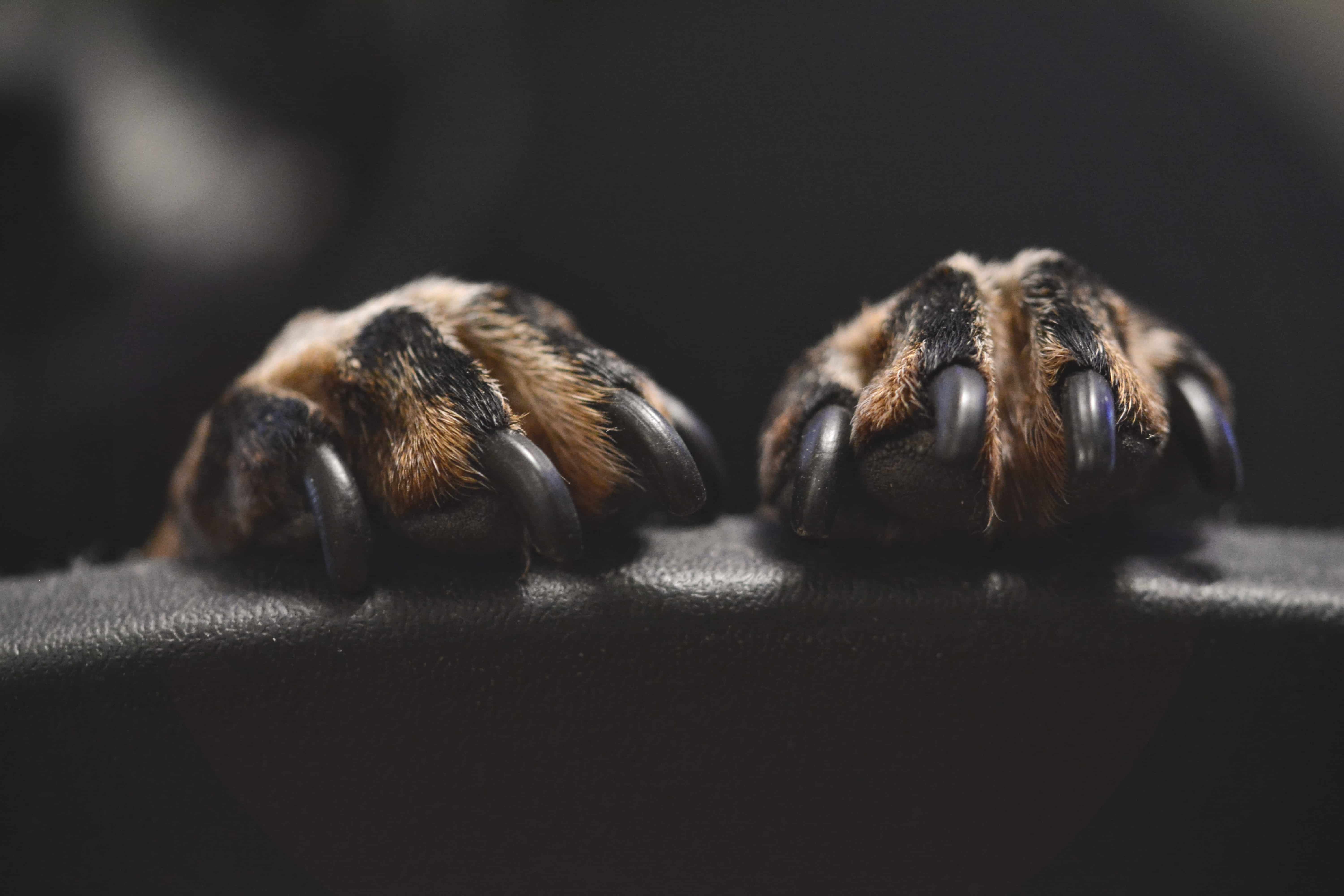


The body produces hormones through what is known as the endocrine system, and one of the common endocrine diseases in the dog is Cushing's disease. Cushing's disease is also known as hyperadrenocorticism). In this disease the adrenal glands, which are located just above the kidneys, overproduce a steroid hormone called cortisol. The hormone cortisol is essential for normal body function and responses to stress or illness, but an excess amount leads to stress and illness. There are three forms of Cushing's disease:
What is the danger of having too much cortisol? Overabundance of cortisol for extended periods of time can stress the body's organs and disrupt normal metabolism, leading to harmful conditions such as diabetes, weakened immune system, pancreatitis and urinary tract infection to name a few.
Cushing's is a disease of middle-aged to older dogs. Some breeds are more prone to it; among them are miniature poodles, dachshunds, boxers, beagles and Boston terriers. It is not exclusive to these breeds and can be seen in others. Other species can also be affected with the disease.
Your veterinarian will use a thorough history, physical examination, and testing to diagnose this disease.
The goal of treatment is to reduce cortisol production. Drug therapy targets the cortex (outer layer) of the adrenal gland, causing destruction of the cells which overproduce cortisol. The most common drug therapy for Cushing's is daily dosing of Vetoryl (trilostane). Fine tuning and managing a cushingoid dog requires regular monitoring, and your veterinarian will advise you on the recommended rechecks and blood testing.
If an adrenal tumor is present, surgery becomes an option.
At DR 4 PETS we believe a well informed pet owner is empowered to sustain their fur baby’s general health and thereby keep that beautiful human-pet bound alive. If however, father time or ill health brings your pet to the end-of-life we want to be there to help. We provide dignified and compassionate in-home euthanasia to the feline and canine population of Ventura, Oxnard, Camarillo, Santa Paula, Ojai, Thousand Oaks, Agoura, Moorpark, Simi Valley, and neighboring communities. Give us a call at (805) 494-3339.